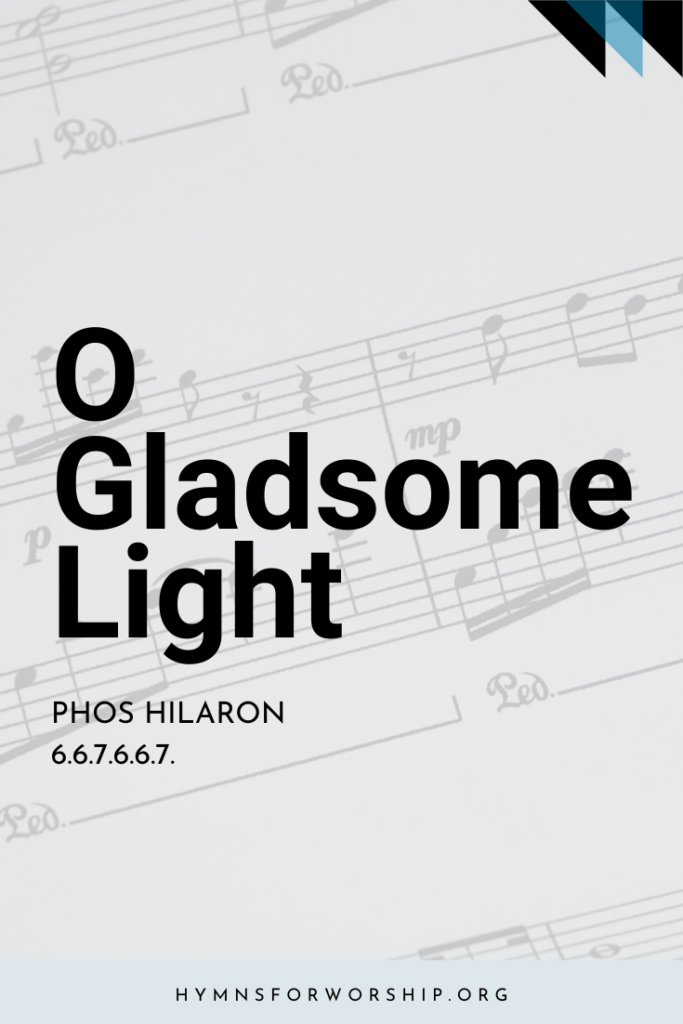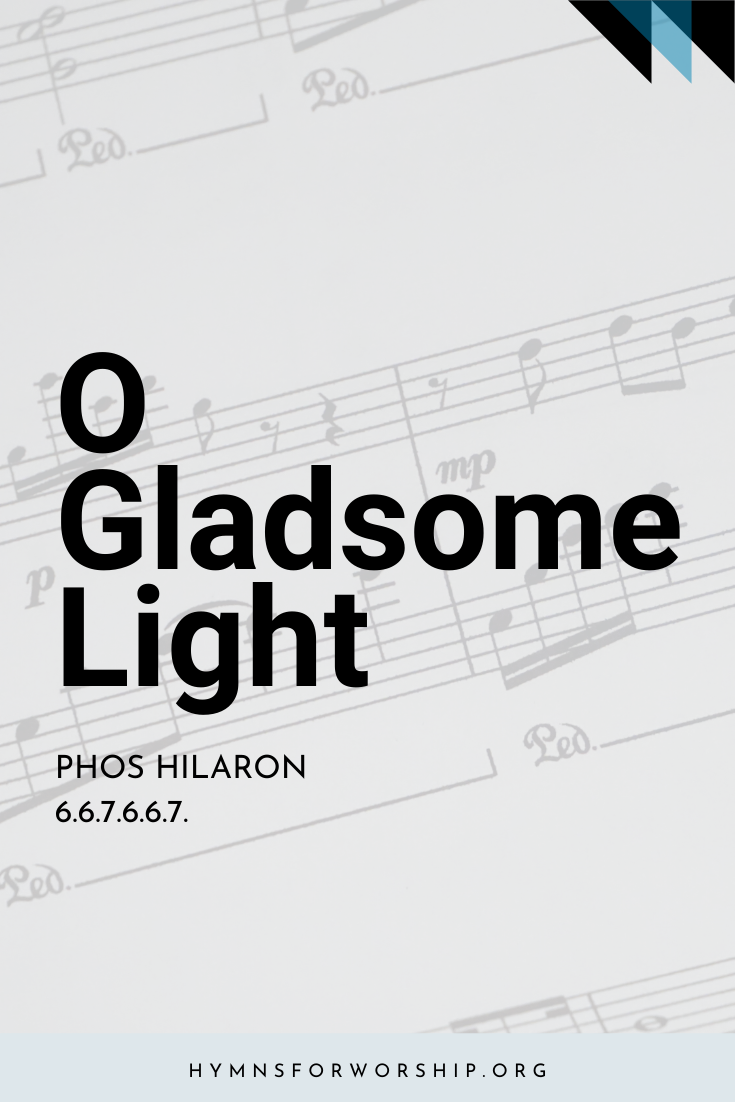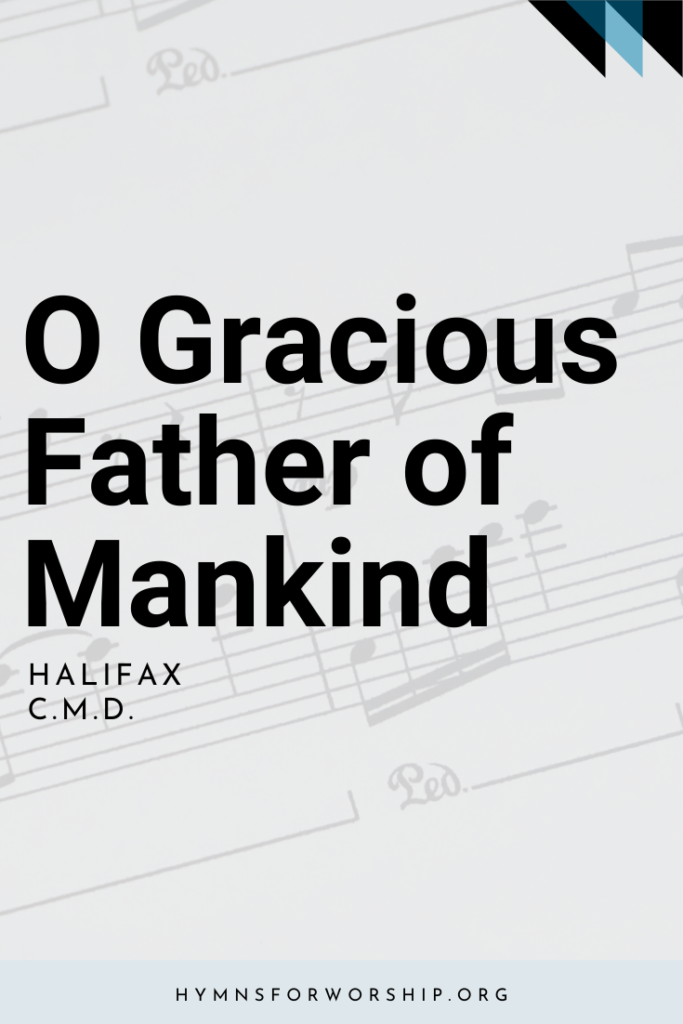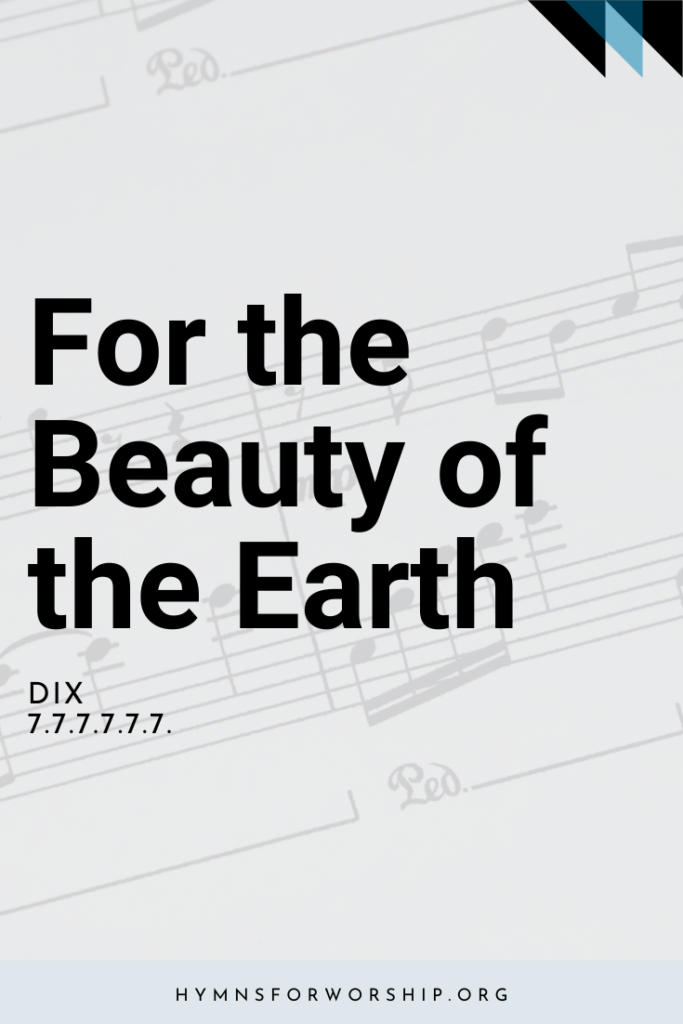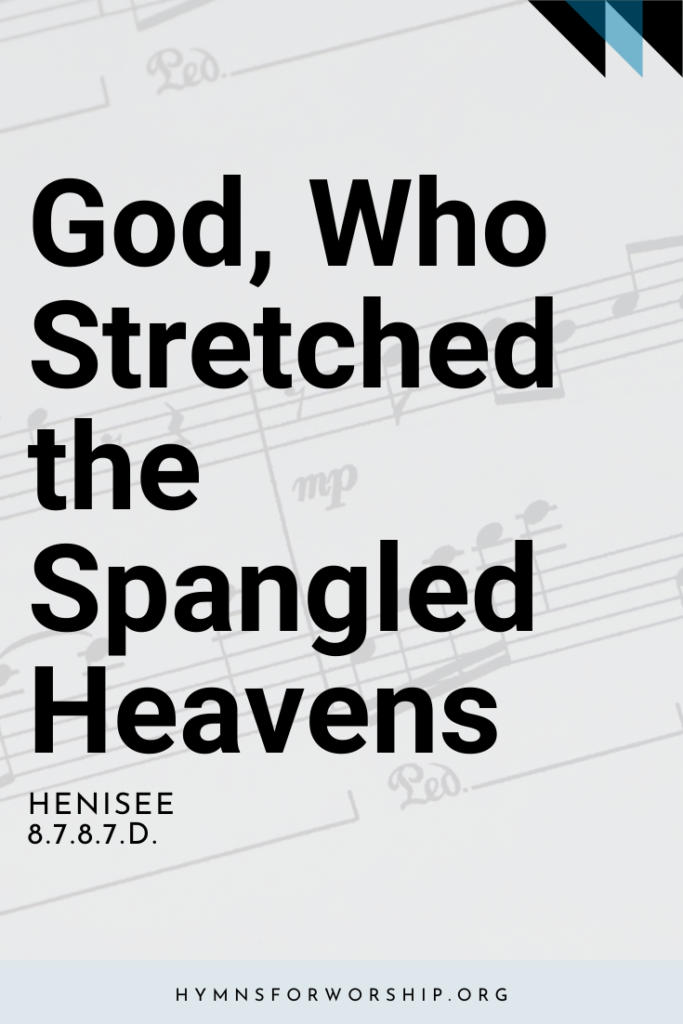Here we have one of the oldest surviving Christian hymns, dating from before the third century. About the year 379 Saints Basil quoted it as ancient and of unknown authorship and date. It comes from the service book of the Greek Orthodox Church and is sung at the lighting of the lamps for the vesper service. Hence it is known as the “Candlelight Hymn.” There are more than two dozen English translations of this hymn, including one by John Keble (see SDAH 502)) and the one by Longfellow in his Golden Legend, 1851. The translation by Robert Bridges (1844-1930; see SDAH 5), which the SDAH uses, was published in Hymns in Four Parts With English Words for Singing in Churches, Part IV, 1899, then in the Yattendon Hymnal that same year. It became widely known and used after inclusion in the English Hymnal, 1906.
These words are given by the composer of the tune PHOS HILARON to help us “sing with understanding”: “As one of the oldest and more beautiful of evening hymns, the committee felt that a new tune needed to be created for it. Its unusual meter meant that the only other tune available, and the one most often used, was NUNC DIMITTIS, from the Genevan Psalter of 1549. A more contemporary sound was desired. I decided to used the pentatonic scale [a five-note melody that can be played on the black notes of the piano] to accentuate its Eastern origin. The hymn is still used for the lighting of the candles at evensong in the Anglican, Roman Catholic, and Greek Orthodox churches. It is a unison hymns, harmonized sparingly. It must not be hurried, but sung reflectively — almost mystically. The name PHOS HILARON [Glad Light — these are the first two words of the Greek hymn] is the Greek name for the hymn and is known as such by the churches that use it liturgically.”
Jame Thomas Bingham was born July 27, 1945, in Geelong, Victoria, Australia, a second-generation Australian of English background. At an early age he began the study of violin and piano, becoming assistant organist in his home church in his early teens. Singing in church and evangelistic choirs through his high school years helped to develop a keen interest in the renowned Avondale Symphonic Choi, which toured Australia in concert under the direction of Alan Thrift. Graduating from the Seventh-day Adventist Avondale College in 1967, he taught music one year in two high schools in his hometown, Geelong, before going to Andrews University, Berrien Springs, Michigan, for graduate work. Here he studied musical composition and theory with Blythe Owen (see SDAH 277) and Charles Hall, and in 1970 he earned the M.A. degree.
From 1970 to 1980 he taught music at Kingsway College, Oshawa, Ontario, Canada, becoming chairman of the Music Department in 1973. The Kingsway Symphonic Choir he established became well known in Canada and the United States for its pursuit of excellence in sacred choral repertoire. At the 1980 Seventh-day Adventist General Conference session, held in Dallas, Texas, he was the assistant director of the massed choir. During this period he continued to study with Lloyd Bradshaw, Toronto University; Patricia Holt, Toronto Royal Conservatory of Music; and David Willcocks, Loma Linda University. From 1980 to 1984, his study at Andrews University, at Westminster Choir College of Princeton, New Jersey, and with hymnologists Erik Routley and James Litton led to graduation with a Ph.D. in religious education. After a time as minister of music at the First Congregational church of Benton Harbor, Michigan, he accepted a call to be chairman of the mUsic Department at Atlantic Union College, South Lancaster, Massachusetts.
Bingham served as a member of the SDAH Committee and worked on the tunes subcommittee as wee as the committee for the Index of Hymns Suitable for Young Worshipers (see SDAH, p. 809) Bingham also composed tunes for SDAH 81, JANELLE; SDAH 102, YOU YANGS; and SDAH 148, INFINITE LOVE.
